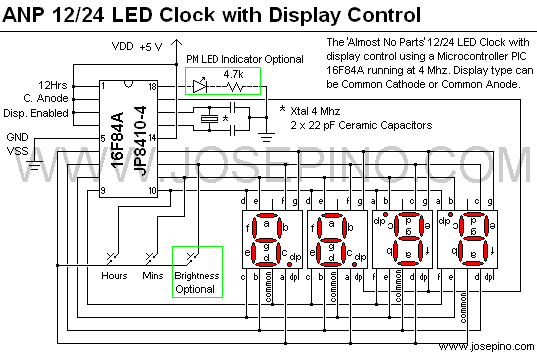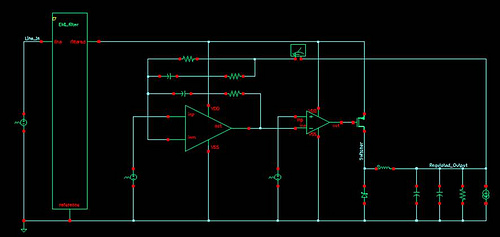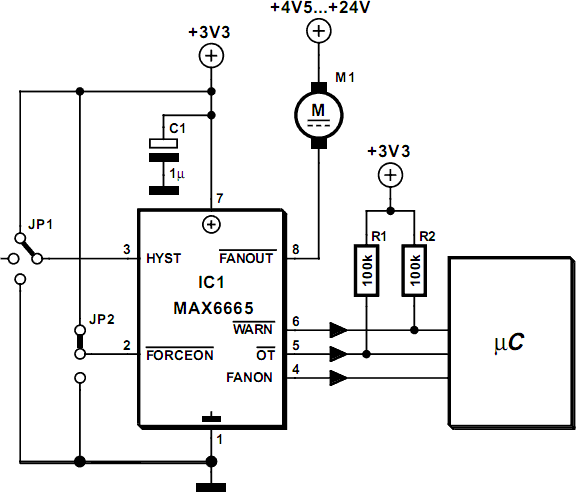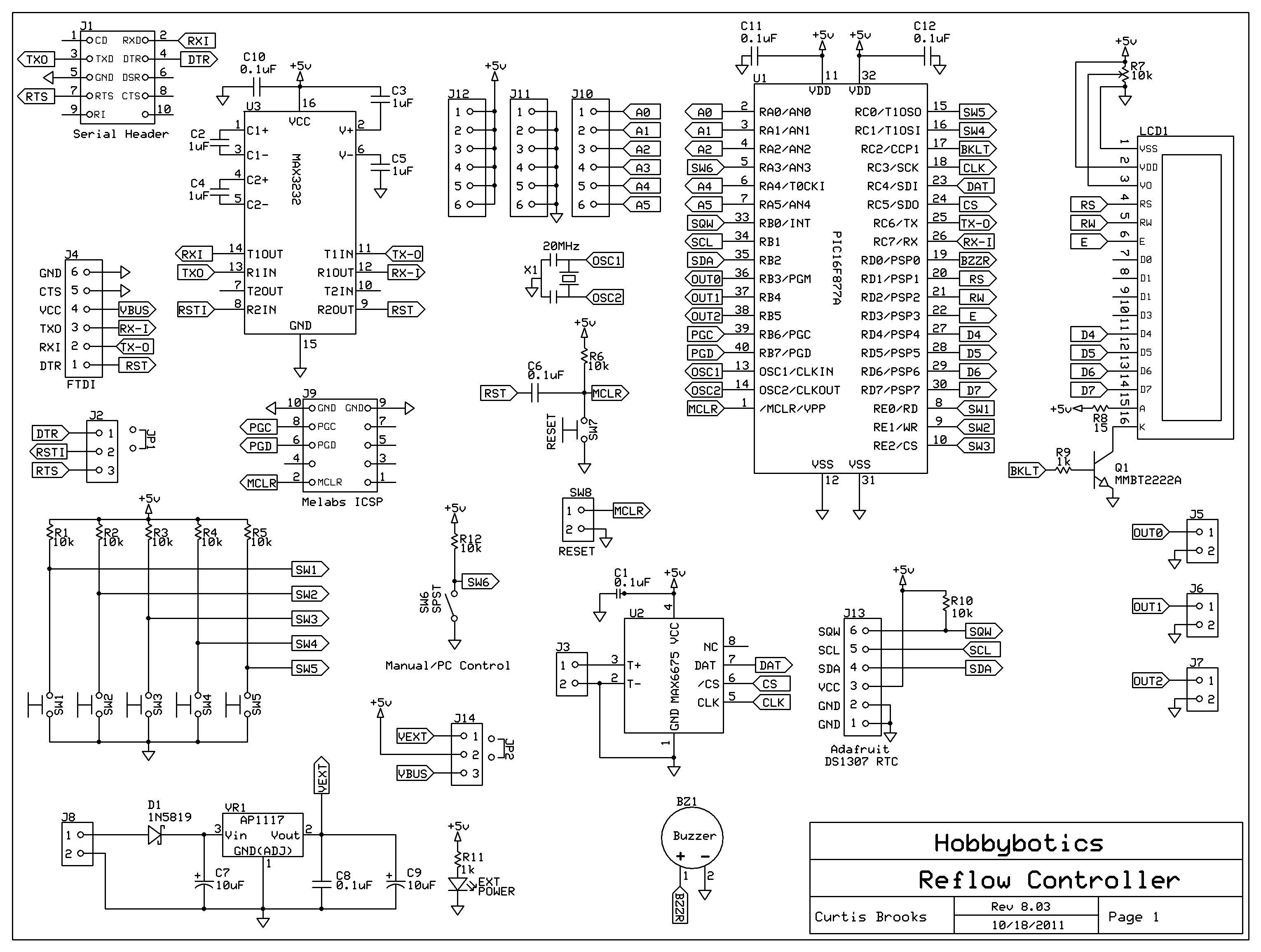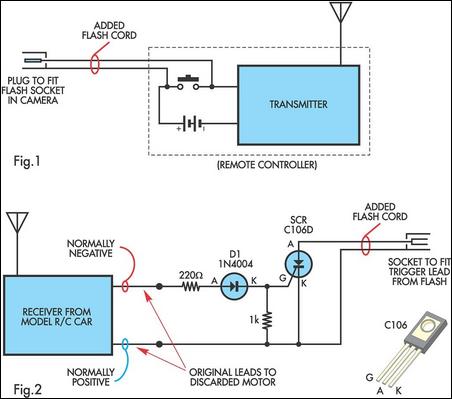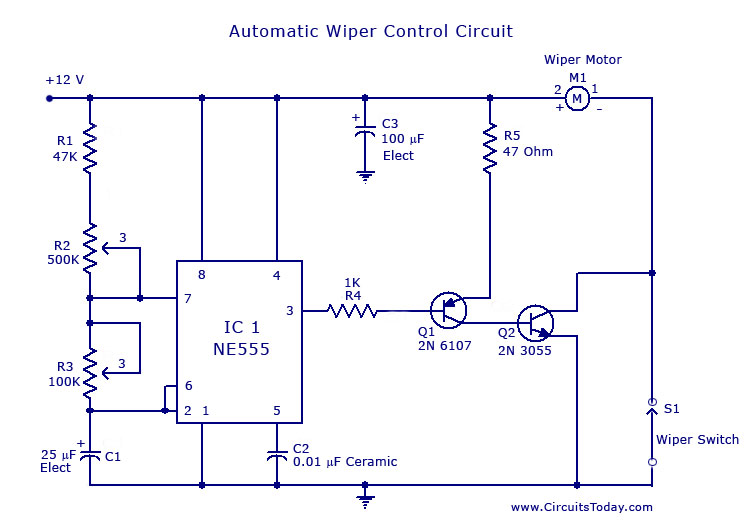
Solid state winch control
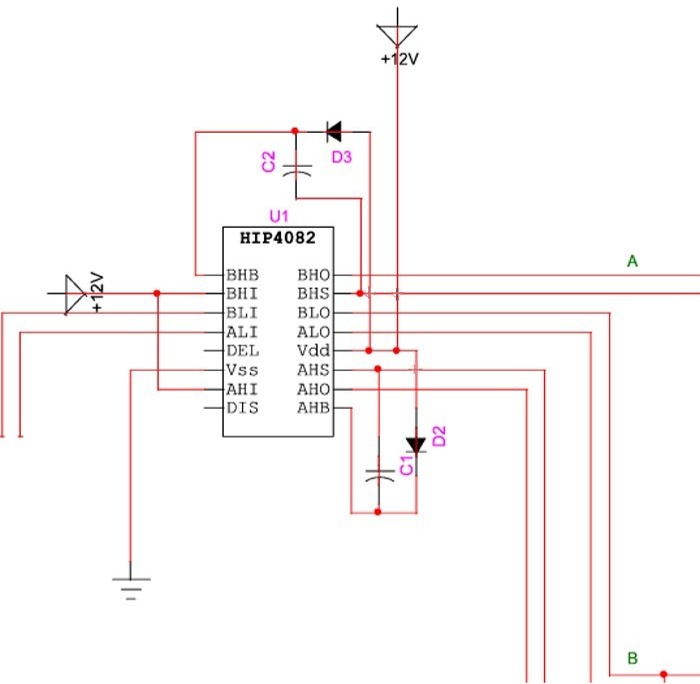
Interest is expressed in constructing a solid-state control system for a Warn 8274 self-recovery winch. The existing control method employs four constant-duty 200 amp solenoids. Two are switched in parallel to connect the field 1 terminal on the motor to the armature for power input, while the other two in parallel connect field 2 to the armature for power output. The solenoids are costly, and during extended operation, they occasionally weld themselves shut, necessitating replacement.
The proposed solid-state control system aims to replace the traditional solenoid-based mechanism with a more reliable and cost-effective solution. The design would incorporate high-power MOSFETs or IGBTs (Insulated Gate Bipolar Transistors) to handle the current required for the winch operation. These semiconductor devices can switch on and off rapidly, providing efficient control over the motor's power input and output without the mechanical wear associated with solenoids.
To achieve the necessary functionality, the circuit would include a microcontroller that manages the switching of the MOSFETs or IGBTs based on user inputs. This microcontroller can be programmed to handle various operational modes, such as power in and power out, using pulse-width modulation (PWM) techniques to control the speed of the winch motor.
Protection features should also be integrated into the design to enhance reliability. This may include current sensing to prevent overload conditions, thermal protection to avoid overheating, and reverse polarity protection to safeguard the components. Additionally, snubber circuits can be included to suppress voltage spikes caused by the inductive load of the winch motor, which can otherwise damage the control circuitry.
The overall circuit layout should be designed for optimal thermal management, ensuring that heat generated by the power devices is effectively dissipated. Heatsinks may be required, and the placement of components should facilitate airflow.
In summary, the transition from a solenoid-based control system to a solid-state solution for the Warn 8274 winch presents an opportunity to enhance performance, reduce costs over time, and improve reliability, ultimately leading to a more efficient and durable winching operation.I am interested in building a solid state control for my Warn 8274 self recovery winch. The current control scheme uses 4 constant duty 200 amp solenoids. 2 switched in parallel to connect the field 1 terminal on the motor to the armature for power in, and the other two in parallel to connect field 2 to the armature for power out. The solenoids are quite expensive, and during prolonged use, will occasionally weld themselves closed, and require replacement
🔗 External reference
The proposed solid-state control system aims to replace the traditional solenoid-based mechanism with a more reliable and cost-effective solution. The design would incorporate high-power MOSFETs or IGBTs (Insulated Gate Bipolar Transistors) to handle the current required for the winch operation. These semiconductor devices can switch on and off rapidly, providing efficient control over the motor's power input and output without the mechanical wear associated with solenoids.
To achieve the necessary functionality, the circuit would include a microcontroller that manages the switching of the MOSFETs or IGBTs based on user inputs. This microcontroller can be programmed to handle various operational modes, such as power in and power out, using pulse-width modulation (PWM) techniques to control the speed of the winch motor.
Protection features should also be integrated into the design to enhance reliability. This may include current sensing to prevent overload conditions, thermal protection to avoid overheating, and reverse polarity protection to safeguard the components. Additionally, snubber circuits can be included to suppress voltage spikes caused by the inductive load of the winch motor, which can otherwise damage the control circuitry.
The overall circuit layout should be designed for optimal thermal management, ensuring that heat generated by the power devices is effectively dissipated. Heatsinks may be required, and the placement of components should facilitate airflow.
In summary, the transition from a solenoid-based control system to a solid-state solution for the Warn 8274 winch presents an opportunity to enhance performance, reduce costs over time, and improve reliability, ultimately leading to a more efficient and durable winching operation.I am interested in building a solid state control for my Warn 8274 self recovery winch. The current control scheme uses 4 constant duty 200 amp solenoids. 2 switched in parallel to connect the field 1 terminal on the motor to the armature for power in, and the other two in parallel to connect field 2 to the armature for power out. The solenoids are quite expensive, and during prolonged use, will occasionally weld themselves closed, and require replacement
🔗 External reference
